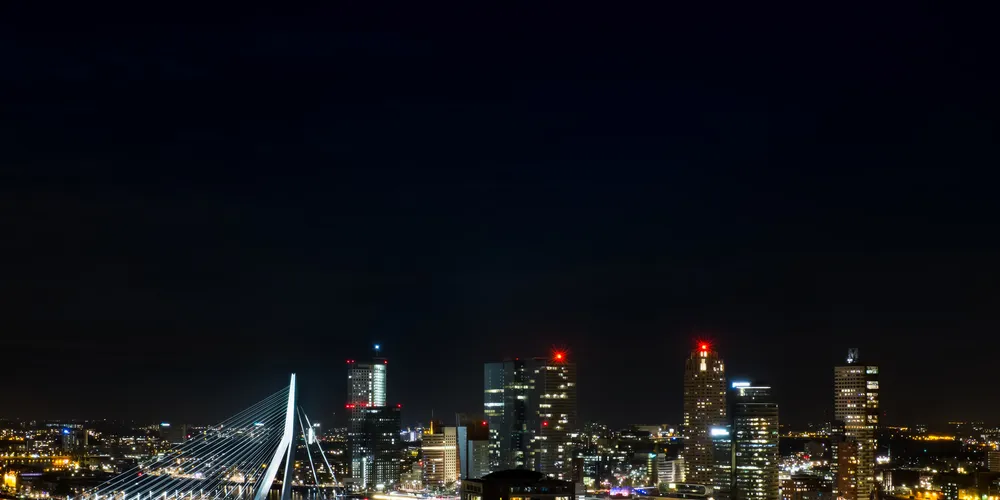EAS 2015 blog: EU aquaculture in numbers
What are aquaculture's next frontiers? IntraFish is bringing you all the news from the Aquaculture Europe 2015 conference in Rotterdam.

What are aquaculture's next frontiers? IntraFish is bringing you all the news from the Aquaculture Europe 2015 conference in Rotterdam.
